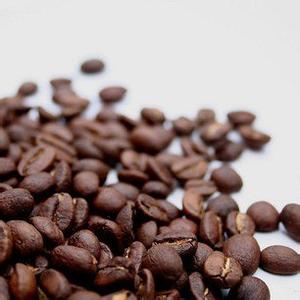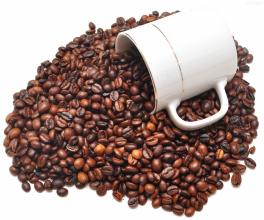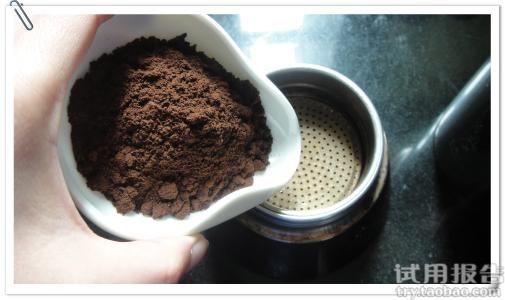Description of roasting degree, taste and flavor of Ugandan coffee beans A brief introduction to the treatment of varieties in producing areas
Description of roasting degree, taste and flavor of Ugandan coffee beans A brief introduction to the treatment of varieties in producing areas
Coffee originated in Ethiopia in Africa, and then moved to Yemen in the Arab region of the Middle East, so some people call it "Arabik".
Then it spread to Java, Indonesia, and from there to Latin America. African coffee was previously grown in Congo, Uganda and other places, for Robster coffee, and a kind of coffee grew in Liberia, for Liberia.
In 1753, Swedish botanist Carl van Linnay divided coffee into three original species: Arabica coffee (about 70% of the world's coffee) and Roberts coffee (originally 25% of the world's coffee). And now almost no one cares about Liberika coffee.
Dry aroma (1-5): 3.2
Wet aroma (1-5): 3.4
Acidity (brightness) (1-10): 8
Taste (layered) (1-10): 8.5
Taste (alcohol thickness) (1-5): 4
Aftertaste (residue) (1-10): 8.1
Balance (1-5): 0
Mbale on the eastern side of the Elgang Mountains and other producing areas on the western side near the border of the Democratic Republic of the Congo have the export name Wugar.
The official ranks are Oaganic (Organic), Bugisu AA, Bugisu A, Bugisu B, Bugisu PB, Wugar, Drugar and other unlisted grades.
To find a good Ugandan coffee, you must first recognize the BugisuAA, An and PB grades, but because the country is inland, there are many transport problems.

Important Notice :
前街咖啡 FrontStreet Coffee has moved to new addredd:
FrontStreet Coffee Address: 315,Donghua East Road,GuangZhou
Tel:020 38364473
- Prev

Description of the characteristics and Flavor of Yunnan Coffee beans A brief introduction to the taste of the growing environment
A brief introduction to the taste of Yunnan coffee beans, also known as Arabica (Arabica), is the most traditional Arabica coffee variety, generally known as Yunnan small seed coffee, has been cultivated for more than a hundred years. Before the 15th century, coffee was monopolized by the Arab world for a long time, so it was called Arabian coffee by Europeans. Original
- Next

A brief introduction to the varieties produced by the method of taste treatment for the flavor description of sun-dried Yerjia Shifeiwaka coffee
Most coffee beans are washed with water, but a small number of peas are deliberately sunburned to enhance their charming fruit aroma and mellow thickness. These mountain villages are foggy, like spring all year round, with a gentle breeze in summer, cool but not hot, rain but not damp, and no cold damage in winter, giving birth to unique oranges and flowers.
Related
- Detailed explanation of Jadeite planting Land in Panamanian Jadeite Manor introduction to the grading system of Jadeite competitive bidding, Red bid, Green bid and Rose Summer
- Story of Coffee planting in Brenka region of Costa Rica Stonehenge Manor anaerobic heavy honey treatment of flavor mouth
- What's on the barrel of Blue Mountain Coffee beans?
- Can American coffee also pull flowers? How to use hot American style to pull out a good-looking pattern?
- Can you make a cold extract with coffee beans? What is the right proportion for cold-extracted coffee formula?
- Indonesian PWN Gold Mandrine Coffee Origin Features Flavor How to Chong? Mandolin coffee is American.
- A brief introduction to the flavor characteristics of Brazilian yellow bourbon coffee beans
- What is the effect of different water quality on the flavor of cold-extracted coffee? What kind of water is best for brewing coffee?
- Why do you think of Rose Summer whenever you mention Panamanian coffee?
- Introduction to the characteristics of authentic blue mountain coffee bean producing areas? What is the CIB Coffee Authority in Jamaica?

